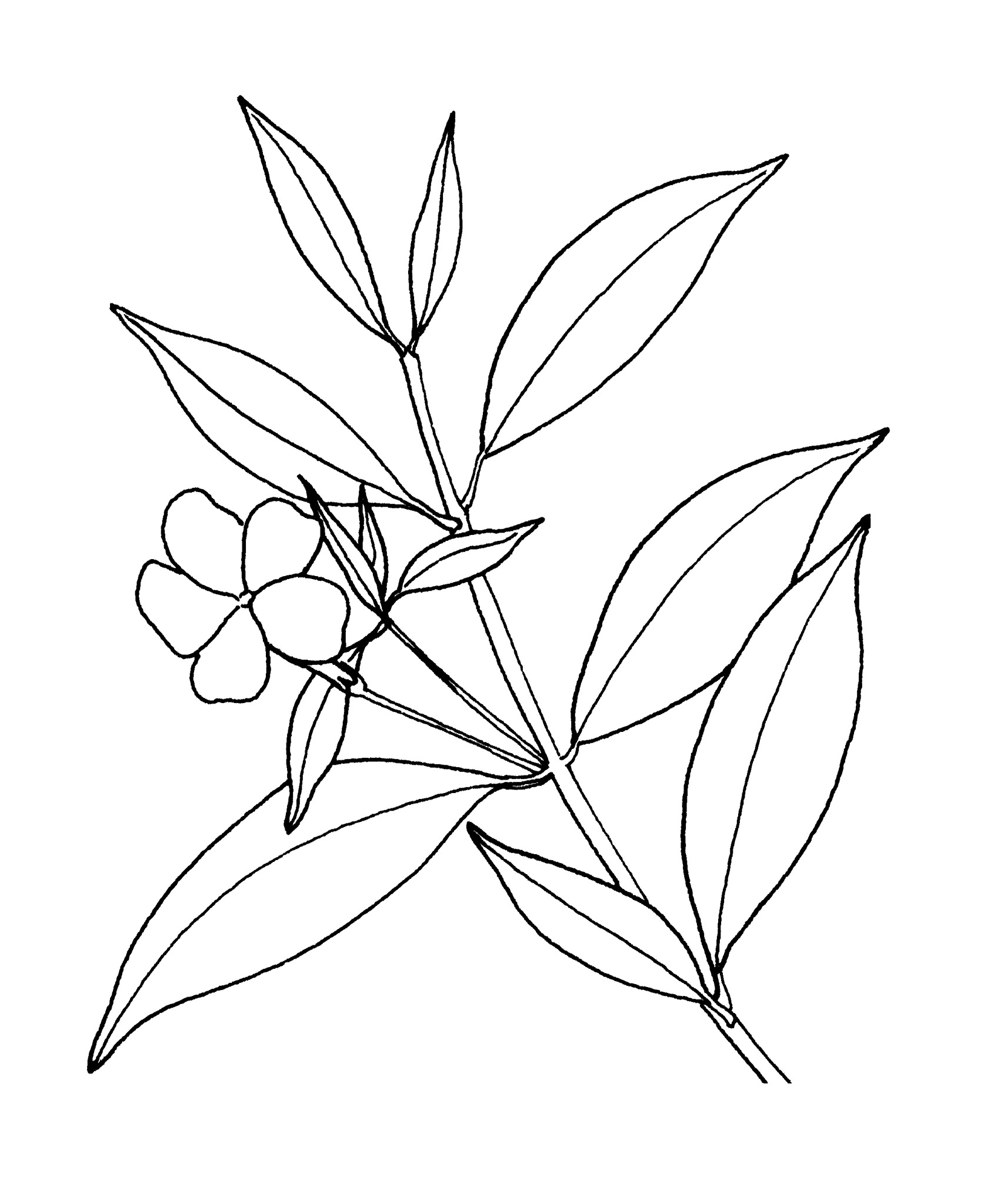
Commemorating Jakob Theodor von Bergzabern (d. 1590), who latinised his surname as Tabernaemontanus,from Berg-Zabern, the place of his birth.
Shrubs or small trees, evergreen; latex white. Stems woody, without spines. Leaves opposite, stalked; blade well developed; colleters absent at base. Inflorescence axillary, cymose. Flowers scented, stalked. Corolla salver-shaped; tube cylindrical; lobes convolute in bud, overlapping to the left. Corolline corona absent. Stamens enclosed, attached near top of tube, not sticking to style head. Disk absent. Fruit of separate carpels, a pair of follicles, dehiscent along adaxial suture. Seeds 1 to many, oblong, not winged, without hair tufts, generally with a red aril.
Two species are commonly cultivated, although there is considerable potential for others.
Frost-sensitive.
Cuttings or seeds.
Fruit a pair of orange or orange-red separate follicles, seeds with red arils.
About 110 species in Africa, Madagascar, Asia, Malesia, Melanesia and Australia (2 species).
Leeuwenberg (1991), Forster (1992b, 1996a).
Source: (2002). Apocynaceae. In: . Horticultural Flora of South-eastern Australia. Volume 4. Flowering plants. Dicotyledons. Part 3. The identification of garden and cultivated plants. University of New South Wales Press.
